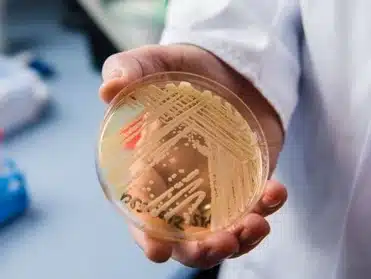Big Data for Next-Generation Healthcare
We are living in an age of Big Data. Thousands of terabytes of information have been collected on everything from internet behavior to RNA transcripts, spurred by the successful development of tools capable of analyzing massive amounts of information. Now, medical data—datasets from electronic health records and other sources—are joining the club. How might data […]
Big Data for Next-Generation Healthcare Read More »





